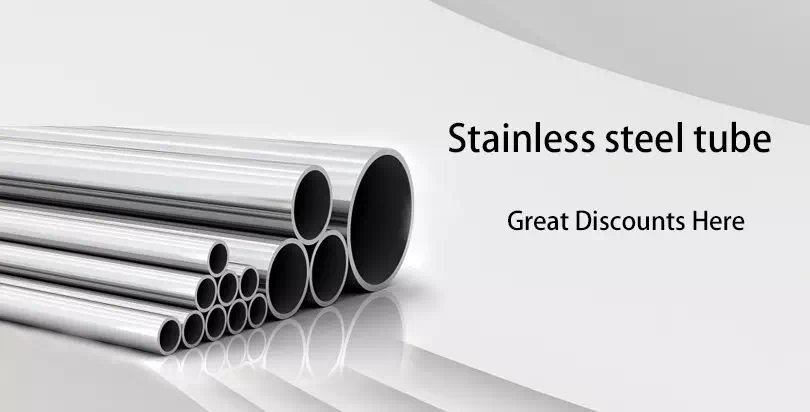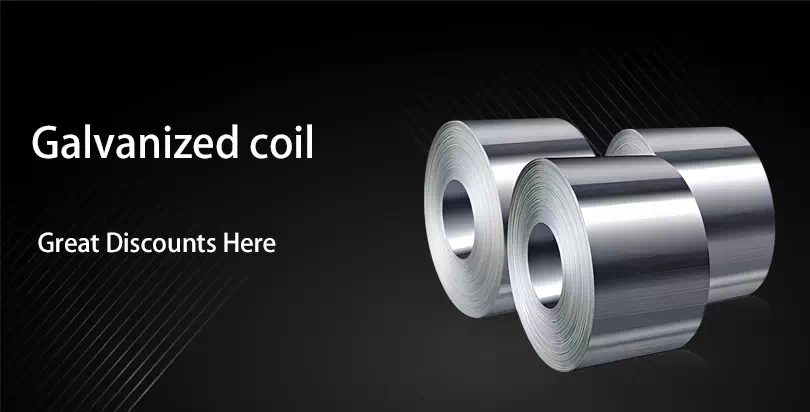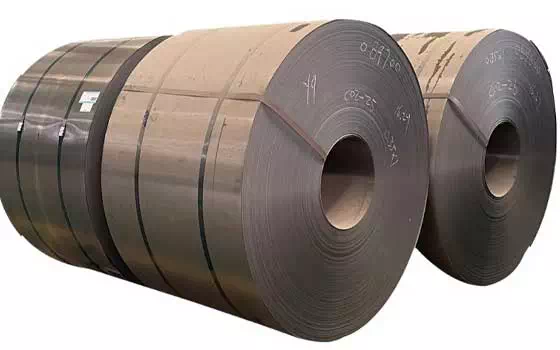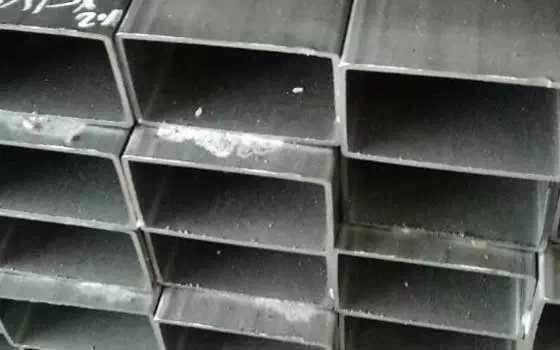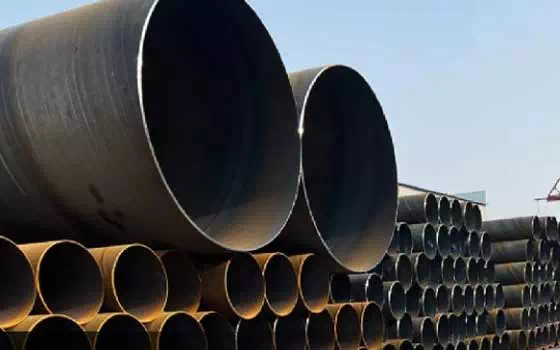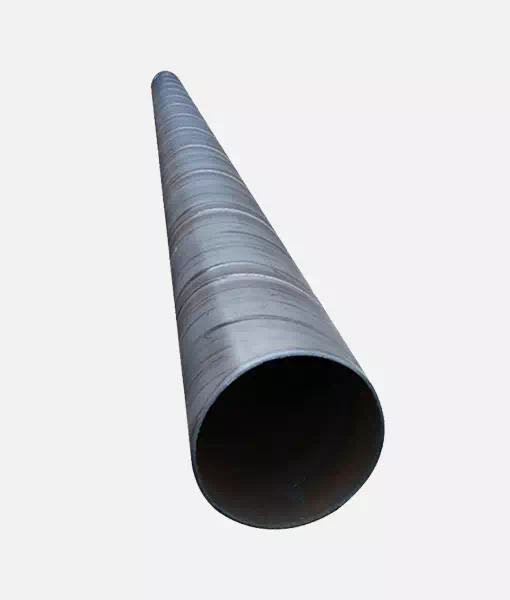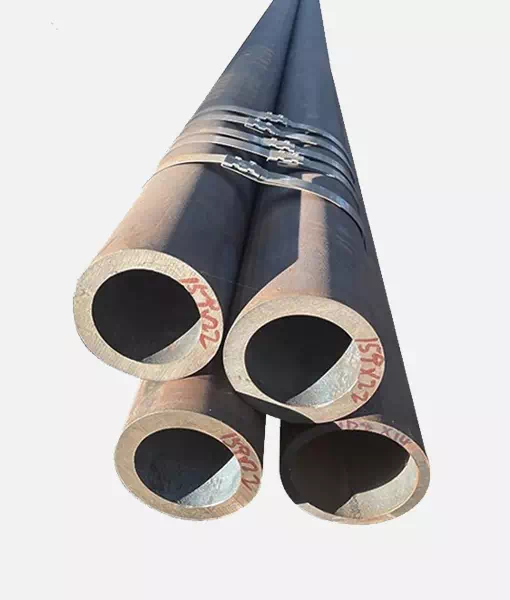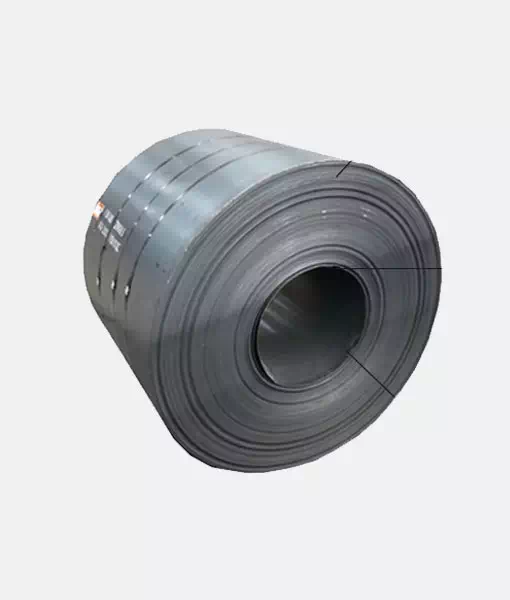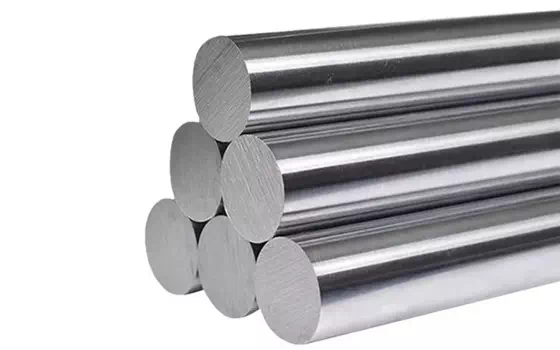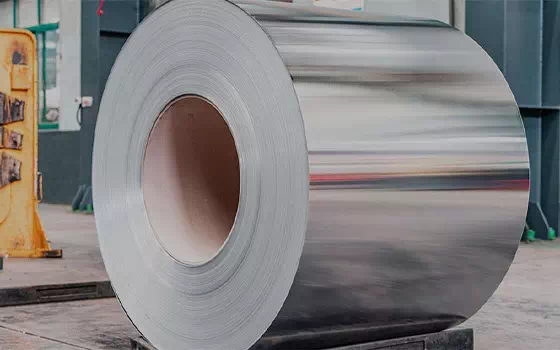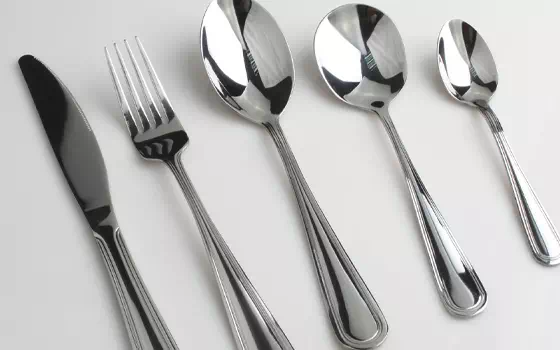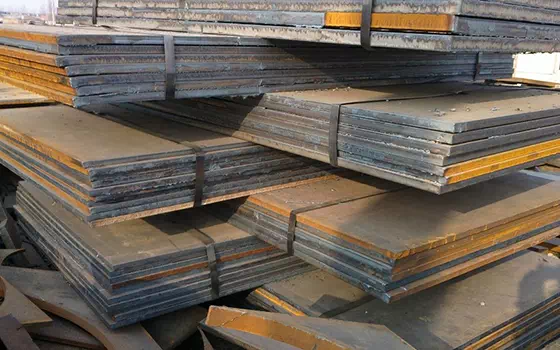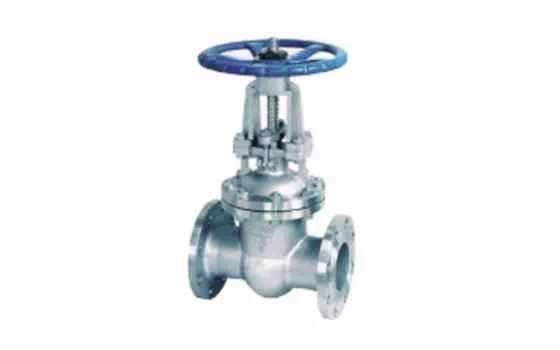Spring steel refers to the special alloy steel used in the manufacture of springs and other elastic components. According to the performance requirements, use conditions can be divided into ordinary alloy spring steel and special alloy spring steel. Spring steel has excellent comprehensive properties, spring steel has excellent metallurgical quality (high purity and uniformity), good surface quality (strict control of surface defects and decarbonization), precise shape and size.
Spring steel is steel specially used to make springs and elastic components due to its elasticity under quenching and tempering conditions. The elasticity of steel depends on its ability to deform elastospherically, that is, to withstand a certain amount of load within a specified range, without permanent deformation after the load is removed. Spring steel should have excellent comprehensive properties, such as mechanical properties (especially elastic limit, strength limit, yield ratio), resistance to elastic decline (namely, resistance to elasticity decline, also known as relaxation), fatigue property, hardenability, physical and chemical properties (heat resistance, low temperature resistance, oxidation resistance, corrosion resistance, etc.). To meet the above performance requirements, spring steel has excellent metallurgical quality (high purity and uniformity), good surface quality (strict control of surface defects and decarbonization), precise shape and size.
classification
1. Classification according to chemical composition
According to GB/T 13304 standard, spring steel is divided into non-alloy spring steel (carbon spring steel) and alloy spring steel according to its chemical composition.
Carbon spring steel
The carbon content (mass fraction) of carbon spring steel is generally 0.62%~0.90%. According to its manganese content, it can be divided into general manganese content (mass fraction) (0.50%~0.80%), such as 65, 70, 85, and higher manganese content (mass fraction) (0.90~1.20%), such as 65Mn.
Alloy spring steel
Alloy spring steel is on the basis of carbon steel, through appropriate addition of one or several alloy elements to improve the mechanical properties of steel, hardenability and other properties, in order to meet the production of various spring properties of steel.
The basic composition series of alloy spring steel include silicon manganese spring steel, silicon chromium spring steel, chromium manganese spring steel, chromium vanadium spring steel, tungsten-chromium vanadium spring steel and so on. On the basis of these series, some brands have added molybdenum, vanadium or boron alloy elements in order to improve certain aspects of their properties.
In addition, also from other types of steel, such as high quality carbon structural steel, carbon tool steel, high speed tool steel, stainless steel, select some brands as spring steel.
Two, according to the production and processing methods of classification
⒈ Hot rolled (forged) steel including hot rolled round steel, square steel, flat steel, steel plate, forged round steel and square steel.
⒉ Cold drawn (rolled) steel includes steel wire, steel strip and cold drawn steel (cold drawn round steel).
Three, according to the steel delivery status classification
⒈ Hot rolled (forged) steel
A. The steel delivered in hot rolled (forged) state is hot formed into springs and then quenched and tempered.
B. The steels delivered in annealed state are cold-formed into springs and then quenched and tempered.
The above shall be in accordance with the corresponding delivery condition hardness regulations.
⒉ Cold drawing (rolling) steel
A. Steel wire
(1) Salt bath isothermal quenching cold drawn steel wire (also known as Patentoff treatment cold drawn steel wire) steel wire made of spring after low temperature tempering, in order to eliminate stress.
② After the oil quenching and tempering steel wire is cold drawn to the required size, continuous heating, continuous oil quenching and lead tempering are carried out. Steel wire made of spring after only the bottom temperature fire, in order to eliminate stress.
③ Cold drawn steel wire (that is, steel wire without quenching and tempering treatment)
a. Delivery in cold draw condition.
b. Delivery in annealing, normalizing or tempering condition.
The steel wire springs delivered in the above two states need to be quenched and tempered.
B. Steel tape
(1) After cold rolling, the spring should be tempered at low temperature to eliminate stress.
② After quenching and tempering, the spring should be tempered at low temperature to remove the stress.
③ After the spring is made of annealing fire, it is necessary to carry out quenching and tempering treatment
C. Cold drawn steel
The steel delivered in annealed state is cold-formed into springs, which are then quenched and tempered.
Iv. Other classification methods
In addition to the above, there are some other classification methods, such as:
According to the requirements of different delivery conditions can be divided into chemical composition (mechanical properties) delivery and delivery according to hardenability.
According to the working conditions of the spring can be divided into static load bearing spring steel, bearing impact load spring steel, high (low) temperature resistance spring and corrosion resistance spring steel.


